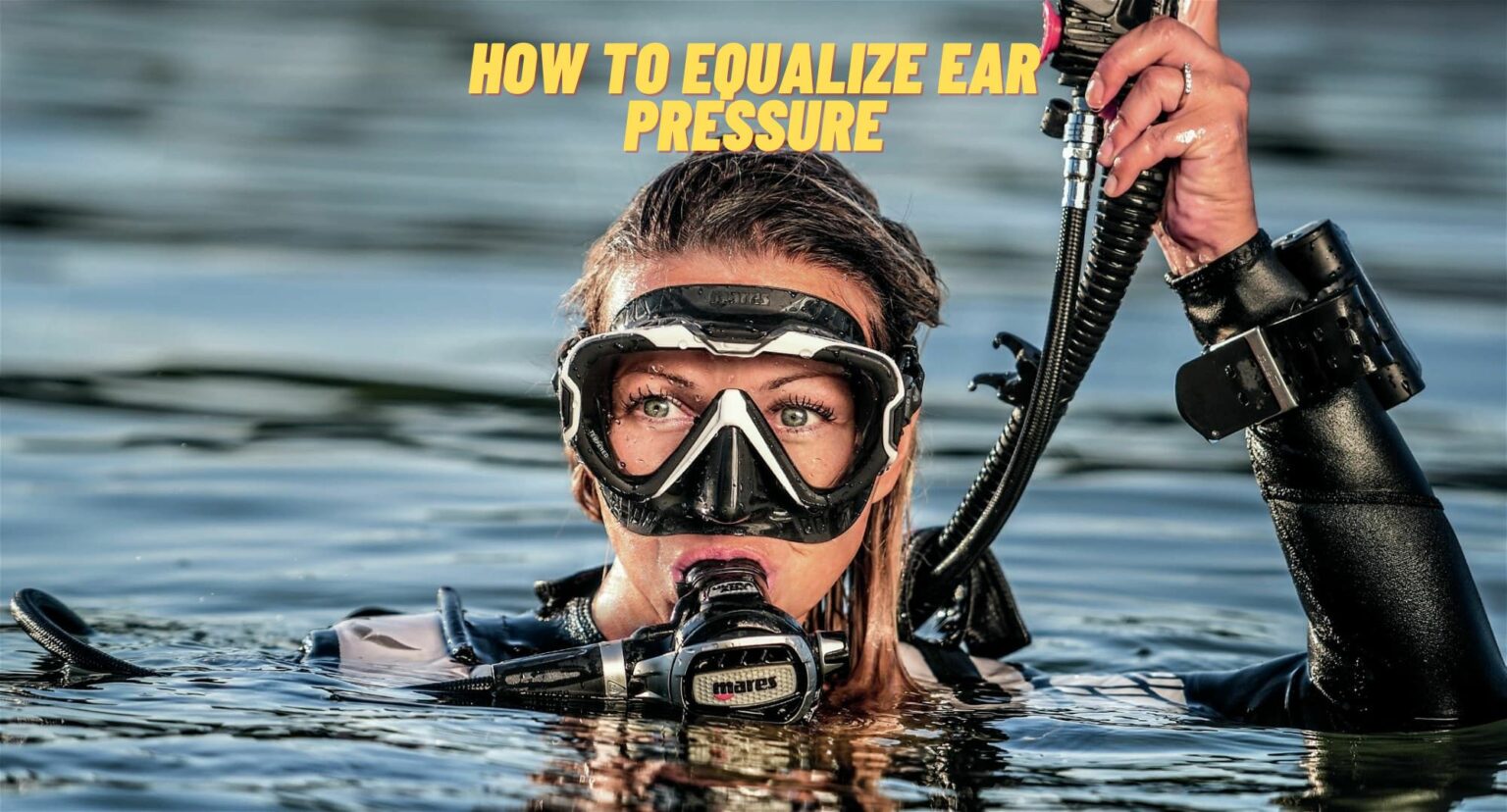One of the most-common issues that divers can have is equalising ear pressure. Unfortunately, without proper equalisation, a diver cannot dive or could potentially cause an injury to themselves. Most of us were taught that the best way to equalize is to pinch your nostrils and blow through your nose (the Valsalva manoeuvre), This method works well as long as your tubes are open before pressure changes. Tips for easy equalising are:
- Listen for a ‘pop or click’ sound
- Start equalising on the surface before the dive
- Descend feet first – air rises in your eustachian tubes
- Look up
- If it hurts, STOP!
There are other methods that you can use to equalise and one of these methods may work better for you.
5 alternative ways to equalize ear pressure:
1. Toynbee manoeuvre
In Brief: Pinch your nose and swallow
With your nostrils pinched or blocked against your mask skirt, swallow. This pulls open your eustachian tubes, which connect the middle ear to the back of the nose and throat and compresses air against them.
2. Lowry Technique
In Brief: Pinch your nose, blow and swallow
This combination of Valsalva and Toynbee works well. While your nostrils are closed, blow into your nose and swallow at the same time.
3. Edmonds Technique
In Brief: Pinch your nose, blow and push your jaw forwards
Tense the soft tissue at the back of the roof of your mouth (the soft palate) and throat muscles. Then push the jaw forwards and down and do a Valsalva manoeuvre.
4. Frenzel manoeuvre
In Brief: Pinch your nose and make the sound of the letter ‘K’
Close your nose and the back of your throat. Then make the sound of the letter ‘K’. This forces the back of your tongue up, pushing air against your eustachian tubes.
5. Voluntary Tubal Opening
In Brief: Tense your throat and push your jaw forward
Tense the soft palate and throat whilst pushing your jaw forwards and down – as if you are starting to yawn. This makes the eustachian tubes open. This requires practice, but you can learn to control those muscles and hold your eustachian tubes open for continuous equalization.
Whichever method you choose to equalize ear pressure, remember to equalize often during your descent to fully protect your ears. Do not try pushing through pain. If your ears begin to hurt, ascend a few feet and try equalizing again. No dive is worth it if the result is barotrauma.
Monthly round-up of news from our SSI dive centres and professionals.
This article was originally published in Scuba Diver ANZ #53.
Subscribe digitally and read more great stories like this from anywhere in the world in a mobile-friendly format. Link to the article








